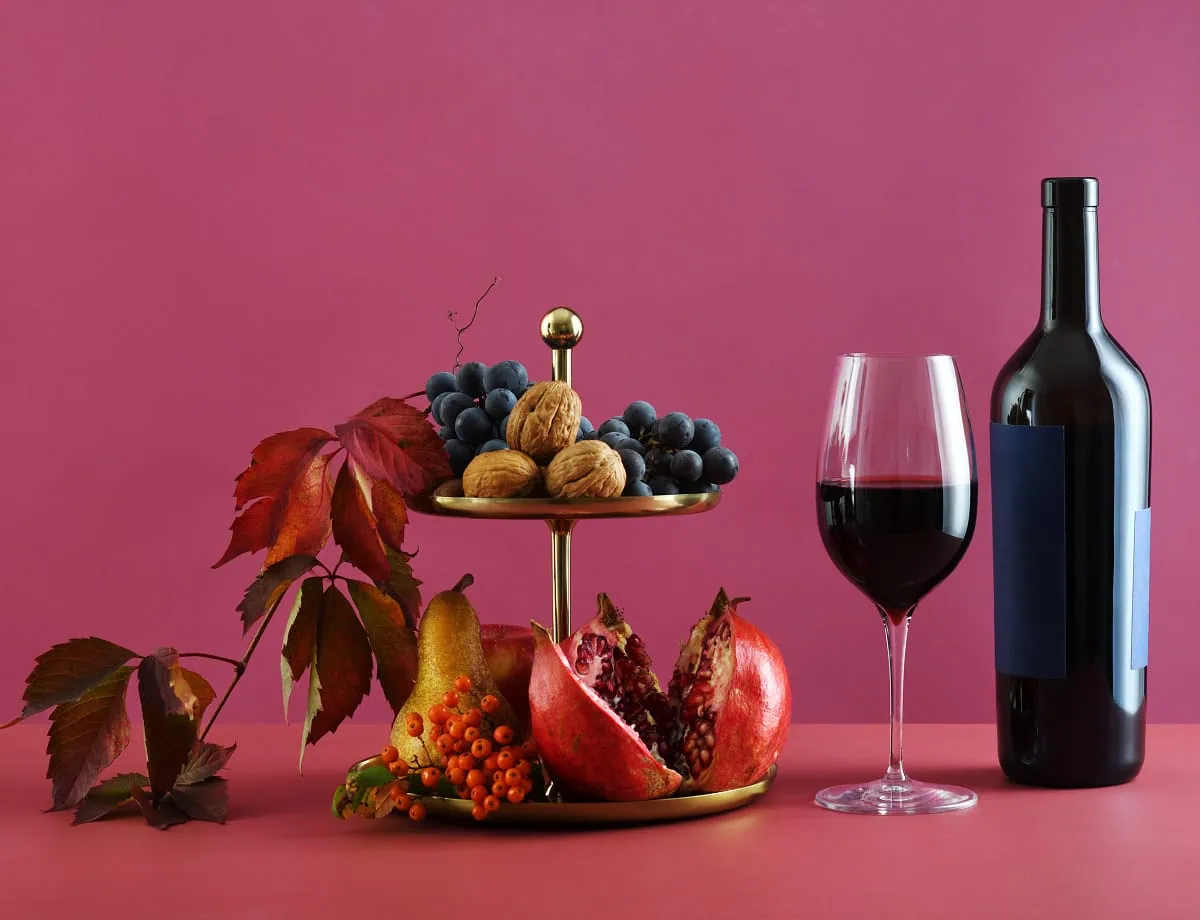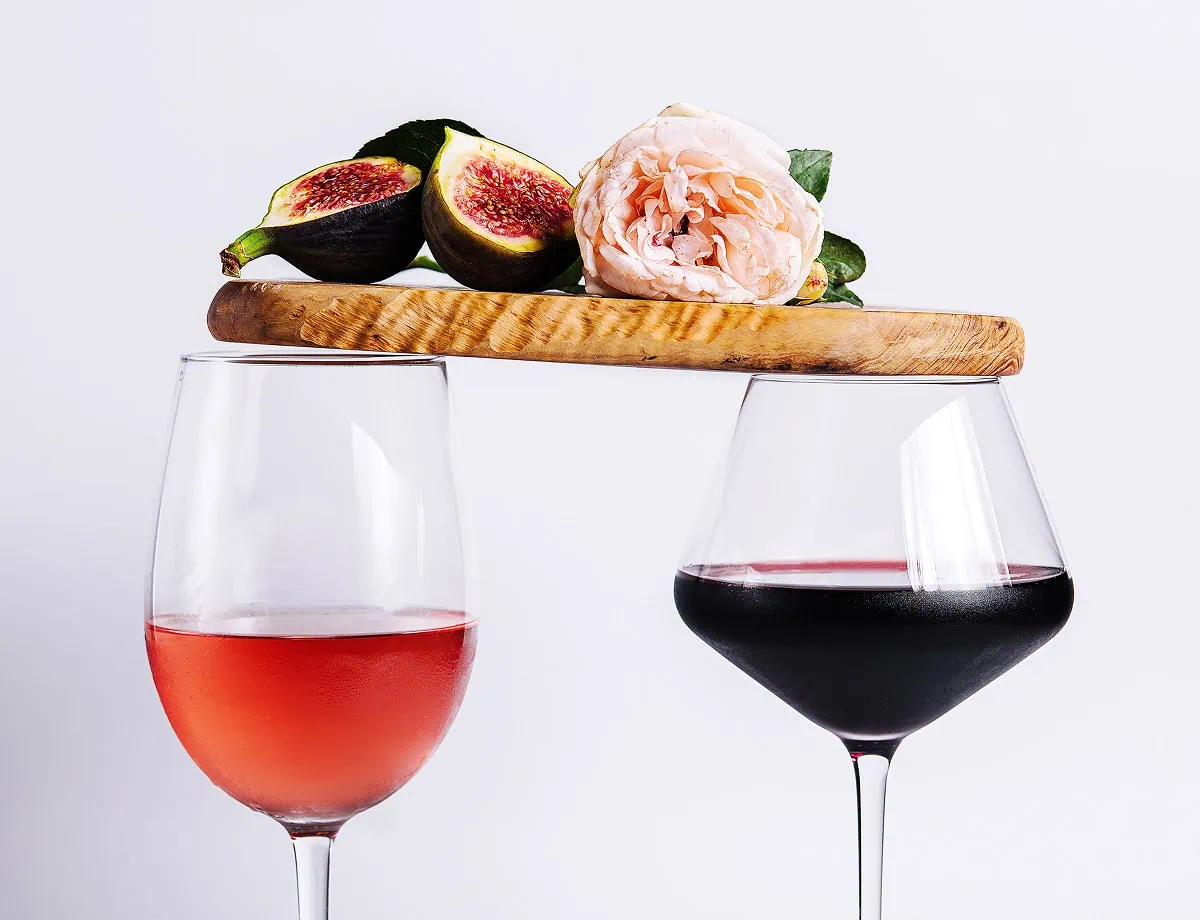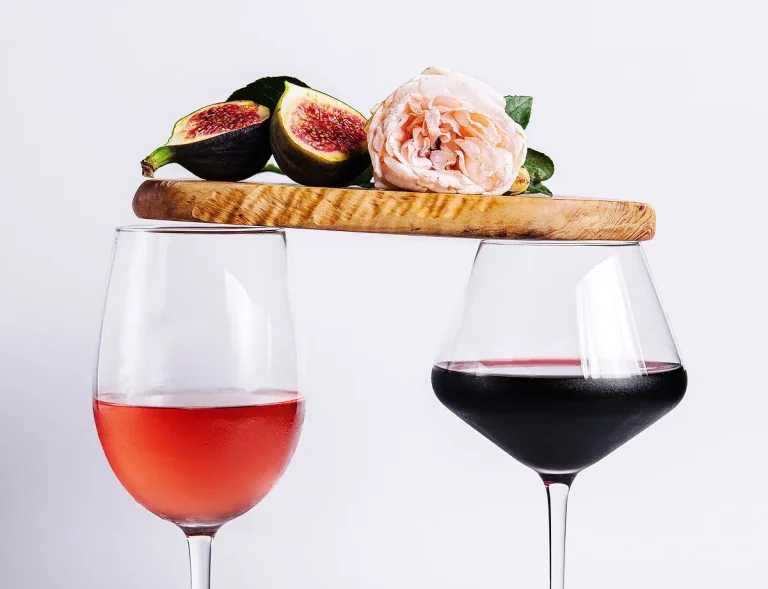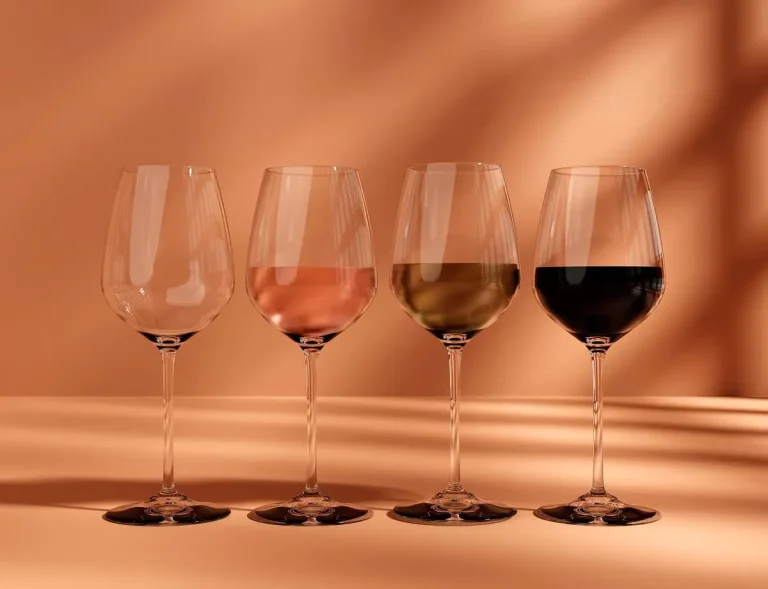🎁 Buy 6 Bottles, Get 6 FREE
Calories in Dry Wine

A standard 150ml serving of dry wine typically contains between 100 and 130 calories. The exact calorie content depends mainly on the wine’s alcohol and residual sugar levels, which are the primary contributors to its calorie count. Dry white wines such as Sauvignon Blanc and Pinot Grigio usually fall on the lower end, with about 100 to 120 calories per glass, while dry red wines like Pinot Noir tend to have slightly more—ranging from 110 to 130 calories per glass.
When it comes to wine and wellness, calories are often the first thing people Google — usually with a glass already in hand. But the truth about calories in dry wine isn’t as simple as red vs white or glass vs bottle. It’s about sugar, alcohol, and how wine interacts with your lifestyle.
This guide cuts through the confusion. We’ll explore the calorie range in dry wines, compare them with sweet wines, and give you realistic tips to enjoy your pour without wrecking your goals.
Whether you’re counting macros, reducing sugar, or just curious about what’s behind that second glass, read on.
Key Takeaways
- Dry wine is generally lower in calories than sweet wine due to its minimal residual sugar.
- The main calorie sources in wine are alcohol and sugar — not fat or carbs like in food.
- Dry whites (like Pinot Grigio or Albariño) often have the fewest calories — around 105–115 kcal per 150ml.
- Dry reds (like Pinot Noir or Tempranillo) typically sit between 115–125 kcal per 150ml, depending on alcohol content.
- Sweet and fortified wines can have 50–100+ more calories per glass, making dry wine a smarter option for weight-conscious drinkers.
- Brut sparkling wines are some of the lightest in calories, especially when served in smaller pours.
- To keep calorie intake lower, watch portion sizes, choose wines under 13% ABV, and skip dessert-style wines.
- Dry wine pairs well with keto, low-sugar, and low-calorie diets when consumed in moderation.

Average Calories in Dry Wine
Let’s start with a baseline. Most dry wines contain:
- 105–125 calories per 150ml glass
- The main contributors? Alcohol (7 calories per gram) and residual sugar (4 calories per gram)
Dry wines have very little residual sugar — sometimes under 1g per glass — so the bulk of calories comes from alcohol content. The higher the ABV (alcohol by volume), the more calories you’ll sip.
| Wine Type | ABV Range | Calories per 150ml (approx) |
| Dry White Wine | 11%–13% | 105–115 |
| Dry Red Wine | 12%–14.5% | 115–125 |
| Rosé Wine (Dry) | 11.5%–13% | 105–115 |
| Sparkling Brut | 11.5%–12.5% | 100–110 |
Note: These numbers apply to true dry wines — not those labeled “off-dry” or “semi-sweet”, which can double the sugar content.
Want a deeper dive into the health side of wine? Check out is dry wine good for you guide to explore benefits, risks, and how it fits into your lifestyle.
Dry Wine vs Sweet Wine: Calories Compared
Here’s where things get interesting.
Sweet wines may look innocent, but their sugar load quickly adds up — especially when concentrated in dessert wines or cheap mass-market bottles.
| Wine Type | Residual Sugar (g/150ml) | Calories (approx) |
| Dry Red | <1g | 115–125 |
| Dry White | <1.5g | 105–115 |
| Off-Dry Riesling | ~6g | 130–145 |
| Moscato | ~14g | 160–180 |
| Dessert Wine (Port) | 20g+ | 200–240+ |
Why it matters: Sugar + alcohol = double fuel. If you’re trying to manage your weight, blood sugar, or hangover risk — dry wines are your safest bet.
Lowest Calorie Dry Wines: What to Reach For
If you’re being strategic with calories, here are some go-to dry wines that won’t break your macros:
Dry Whites (Lowest Calorie)
- Albariño: Crisp and light, around 105 kcal per glass
- Vermentino: Often under 12% ABV — citrusy, bright
- Pinot Grigio: Lean and refreshing with minimal sugar
- Unoaked Chardonnay: Skip the buttery oak — choose cool-climate styles
Dry Reds (Still Reasonable)
- Pinot Noir: Lightest in alcohol among reds (12.5–13%)
- Gamay (Beaujolais): Fruity, low-tannin, and easy to drink
- Sangiovese: Earthy and food-friendly, rarely high in ABV
Sparkling Wines
- Brut Nature Champagne or Cava: Often under 100 kcal
- Prosecco Brut: Light, lively, and lower-alcohol
Avoid: Zinfandel, Syrah, or fortified wines if watching calories — they tend to be higher in both alcohol and residual sugar.
Calories and sugar often go hand in hand — especially in wine. Here’s what you need to know about dry wine sugar content.
Tips for Lower Calorie Drinking (Without Killing the Joy)
Let’s be real — you didn’t get into wine to count calories. But if you want to be mindful without losing the magic, try these:
1. Stick to 150ml pours
Most restaurant glasses are 180–200ml — or more. Keep a real wine glass at home and pour wisely.
2. Watch ABV
The difference between a 12% and 14.5% wine is more than just flavour. That’s 20–30 calories per glass.
3. Avoid sweet labels
Terms like “off-dry”, “late harvest”, or “semi-sweet” are often code for added sugar.
4. Sip with food
Pairing slows you down and turns wine into a companion, not a calorie bomb.
5. Try wine spritzers
Especially in summer — dry white wine + sparkling water + citrus = refreshing and lower-alcohol.
Final Pour: Calories in Dry Wine Are Only Part of the Story
Yes, dry wine is lighter in sugar. Yes, it’s usually lower in calories. But the real secret? It’s also higher in balance. You’re not drinking sweetness — you’re drinking acidity, minerality, complexity.
That makes it easier to sip slower, pair smarter, and actually enjoy your glass.
So go ahead — pour a glass, guilt-free. Just maybe not the whole bottle.
Counting carbs? Here’s how dry wine fits into a keto lifestyle.
Calories in Dry Wine FAQ
A standard 150ml glass of dry wine typically contains:
- Dry red wine: 115–125 calories
- Dry white wine: 105–115 calories
The exact number depends on alcohol content — higher ABV means more calories.


